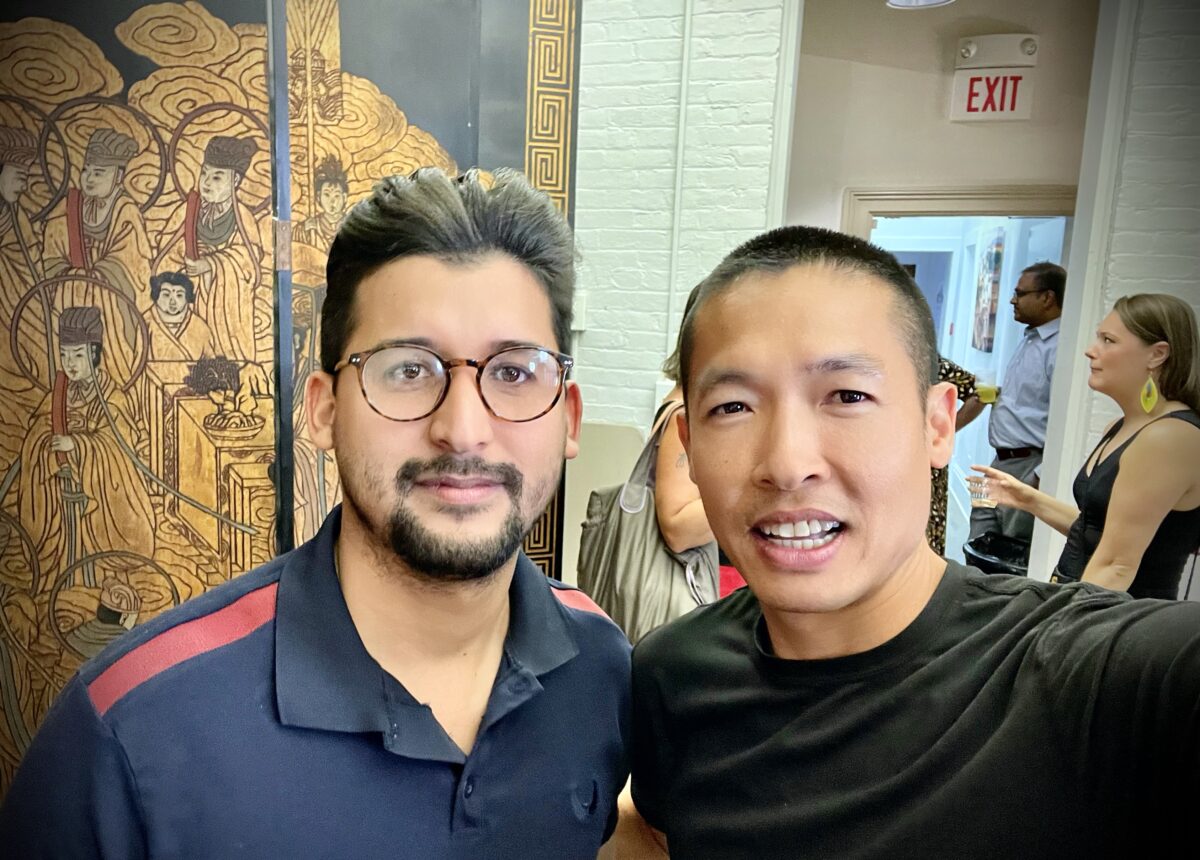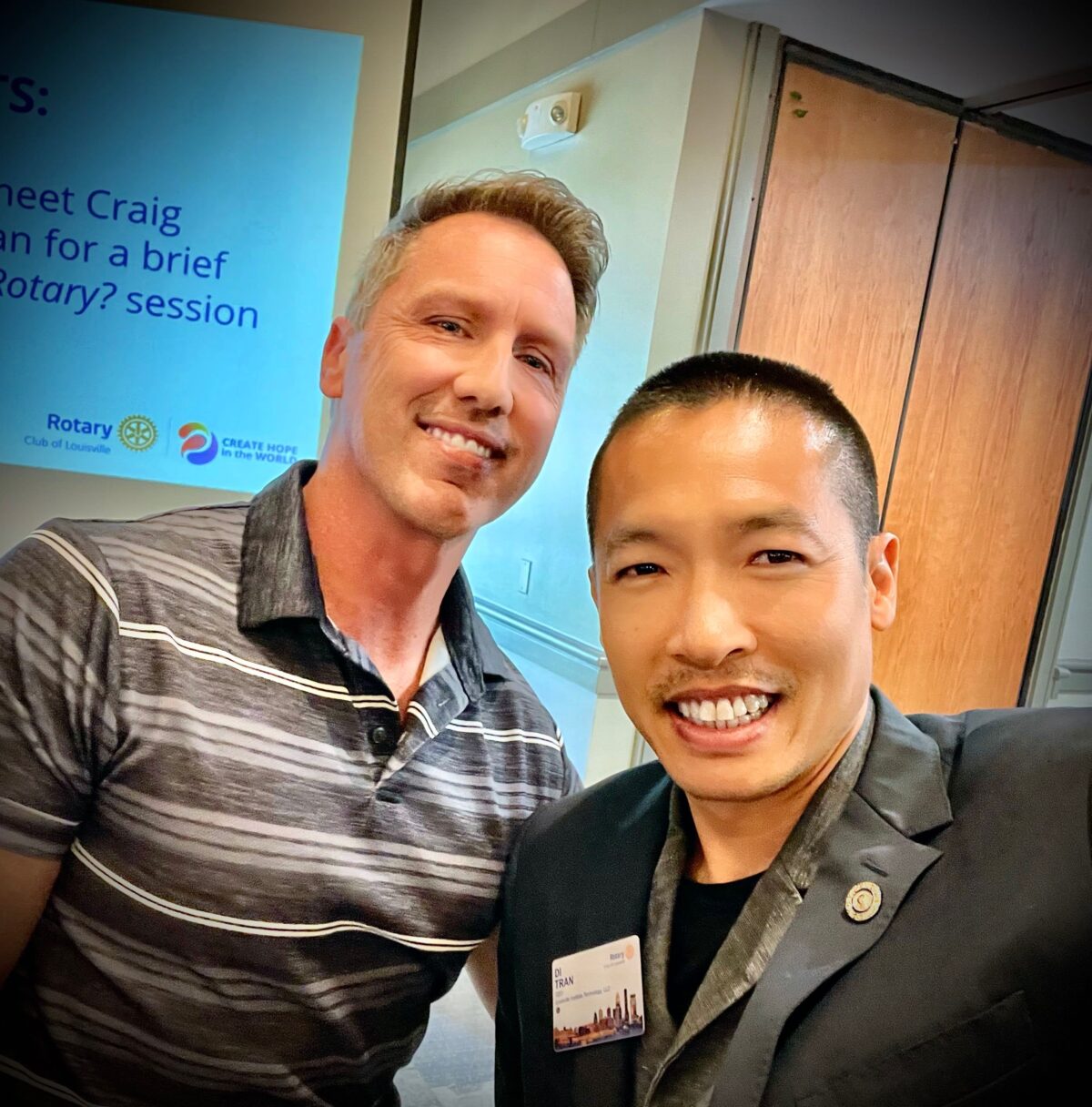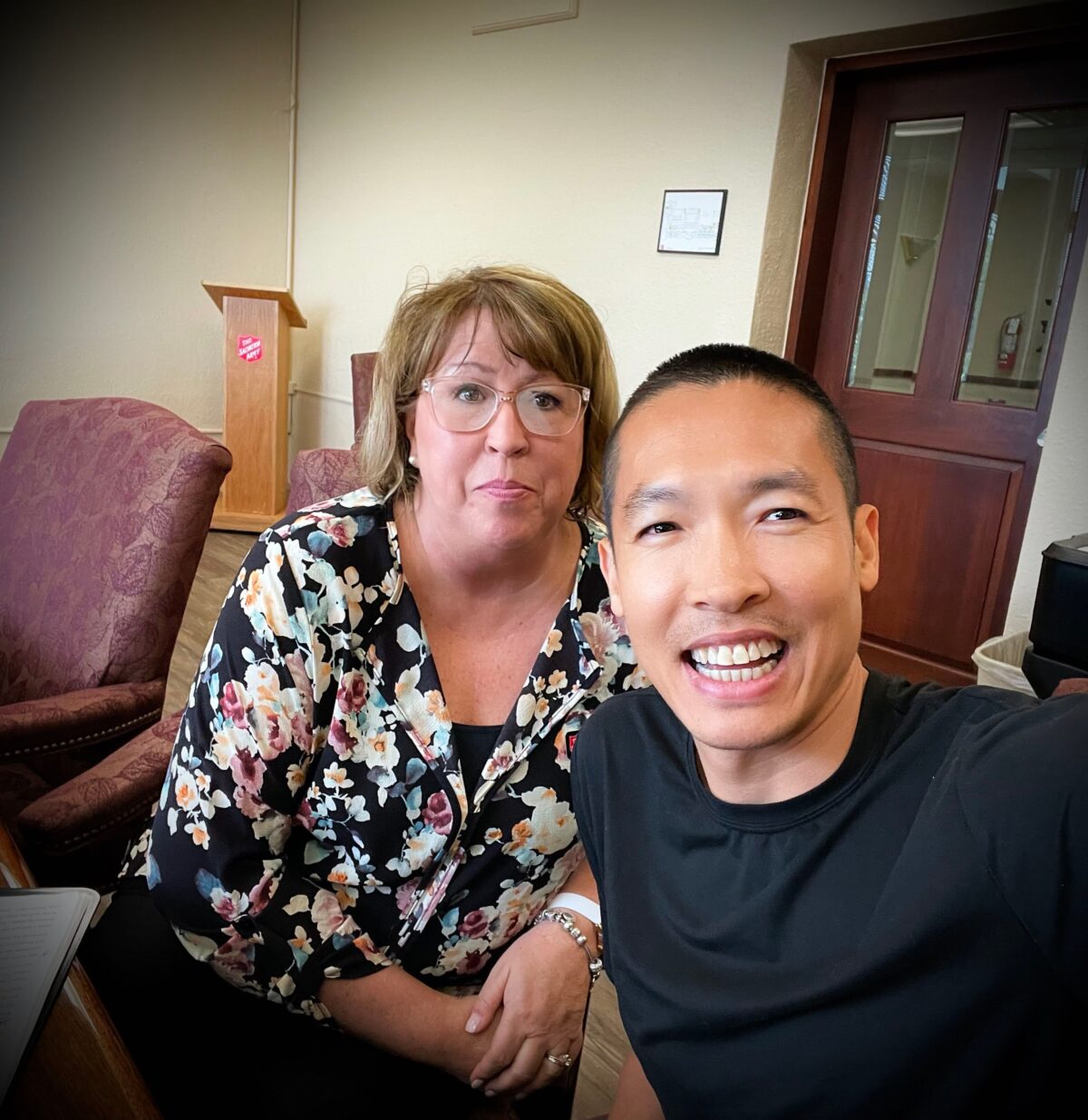El 14 de julio de 2023, Louisville, Kentucky se llenó de vida con una rica muestra de unidad multicultural, arte y espíritu emprendedor durante la reunión de exalumnos de la Welcome Academy. El evento, organizado por Crane House of Louisville y patrocinado por la Oficina de Asuntos de Inmigrantes de Metro de Louisville, reunió a inmigrantes de todo el mundo, incluyendo India, Cuba, México, Filipinas, Somalia y otras naciones.
Di Tran, una figura influyente en la comunidad y un defensor del espíritu emprendedor entre los inmigrantes, asistió al evento. Tran, aunque no es artista, tiene un profundo aprecio por el arte y los artistas que lo crean. Este aprecio fue especialmente palpable en su interacción con Humberto Lahera, un artista cubano reconocido por su meticuloso trabajo fotorrealista.

Humberto Lahera es un artista especializado en fotorrealismo y retrato. Graduado de la Academia de Arte de Holguín y la Universidad de las Artes de Cuba, Lahera trae sus interpretaciones meticulosas e íntimas de la naturaleza y la belleza a cada pieza que crea. Su arte y murales no sólo han alegrado las paredes y las vidas de la gente en Cuba, sino que también han cruzado fronteras para enriquecer los espacios públicos y privados en los Estados Unidos.
Aunque la maestría artística de Lahera y los emprendimientos empresariales de Tran parecen mundos aparte, encontraron un terreno común durante la reunión. Tran, que conoce bien los desafíos y recompensas de ser dueño de una pequeña empresa, expresó su deseo de ayudar a los artistas como Lahera a prosperar en su oficio y ganarse la vida con él.
Como líder de la New American Business Association, Tran ayuda a las personas a aprovechar sus talentos y valores únicos para construir pequeñas empresas exitosas. Cree que el arte, como el de Lahera, no sólo debe ser admirado, sino que también debe servir como base para el espíritu emprendedor sostenible. Aboga por la idea de que los artistas empaqueten sus trabajos en acuerdos que se ajusten a una gama de posibles clientes y sus variados presupuestos.
Con el espíritu de fomentar conexiones más vibrantes entre el arte y el espíritu emprendedor, Tran anima a cualquier persona interesada en el trabajo de Lahera a que se ponga en contacto con él directamente en LinkedIn aquí.

Esta colaboración entre Tran y Lahera, entre los negocios y el arte, es un vívido ejemplo de cómo puede florecer la rica diversidad de Louisville, KY. Es un testimonio de la unidad y el espíritu de colaboración que prospera en esta vibrante ciudad, un lugar donde el arte y los negocios van de la mano, y donde la población inmigrante juega un papel crucial en la configuración de su paisaje cultural y económico.



















